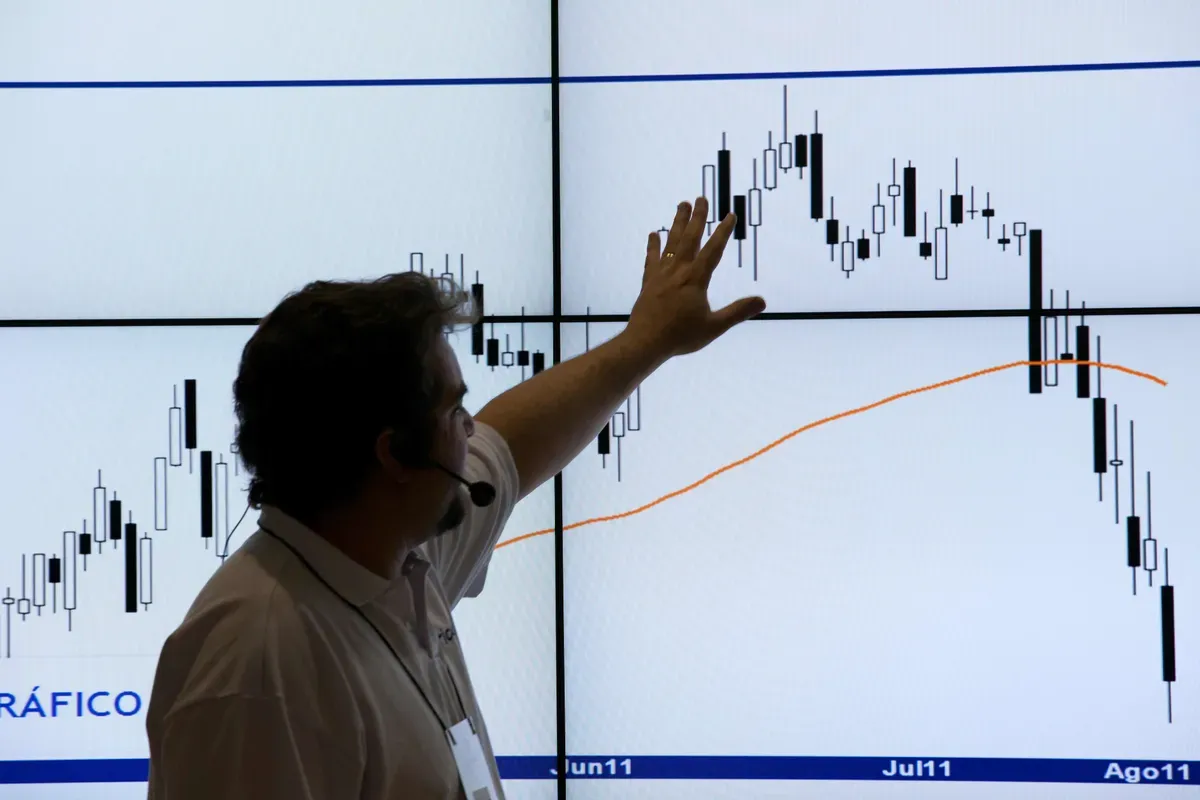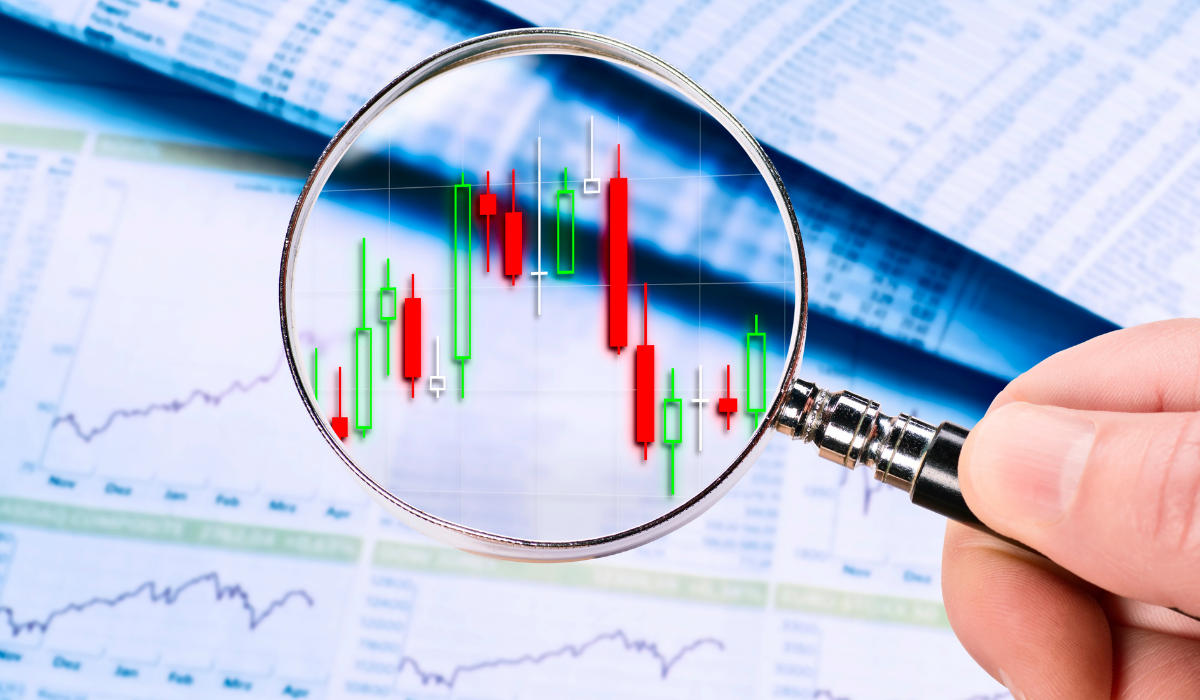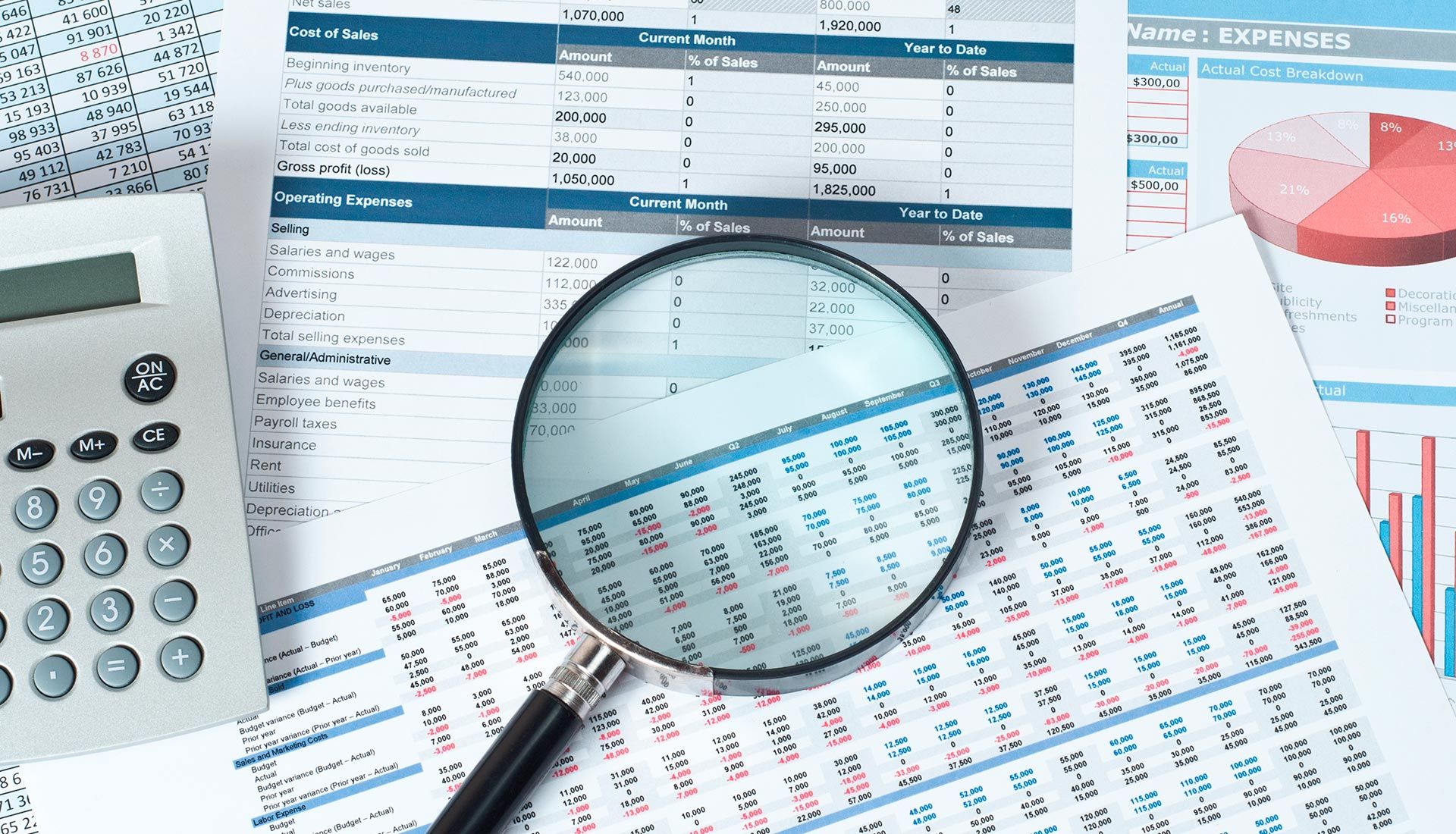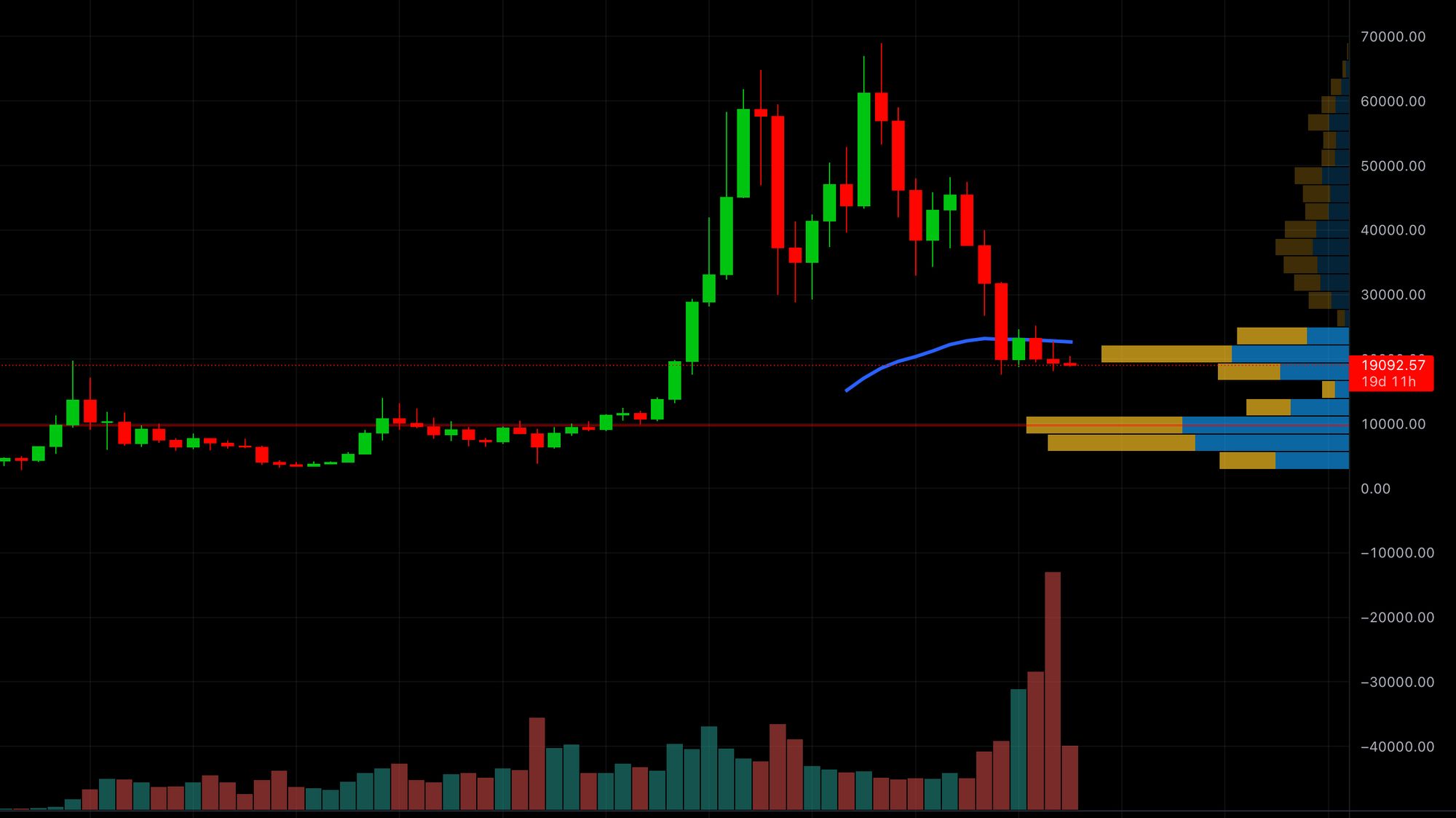Does technical analysis works?

Preview
In finance, technical analysis is a methodology for analyzing and forecasting the direction of prices through the study of past market data, primarily price and volume. Behavioral economics and quantitative analysis use many of the same tools of technical analysis.
Fundamental analysts examine earnings, dividends, assets, quality, ratios, new products, research, and the like. Technicians employ many methods, tools, and techniques as well, one of which is the use of charts. Using charts, technical analysts seek to identify price patterns and market trends in financial markets and attempt to exploit those patterns.
Technicians using charts search for price chart patterns, such as the well-known head and shoulders or double top/bottom reversal patterns, they study technical indicators, and moving averages, and look for forms such as lines of support, resistance, channels, and more obscure formations such as flags, pennants, balance days and cup and handle patterns.


Time Scale
Many people have this misconception of Technical analysis is exclusively used for day trading or short-time trades. But in reality, it's best suited for long-term trades because you can clearly identify trends through the charts.

We can clearly see on the Bitcoin/USD 1 month chart the formation of a double top pattern last year showing huge selling pressure around the $68000 area. We can also see how the highest point of 2018 is acting as a support for the price today.
Technical analysis is about analyzing human behaviors because humans are the actors behind the movement in prices.
The longer the time scale the more accurate your judgment is because you will be computing the Data from a much larger pool of trades and a more significant volume.
Who uses technical analysis?
If I was to ask you this question I am pretty sure you would have said small traders and retailers use technical analysis. But in reality, even hedge funds have dedicated teams for technical analysis.
High-frequency trading, which encompasses a significant amount of the trading volume on the stock exchanges, is heavily dependent on technical concepts. They also use Technical analysis to try to predict the movements of an asset price depending on a similar historical environment by looking at charts.
Anonymously many hedge fund managers and traders will admit using technical analysis as a very important part of their trading performance, but that's not something people like to hear therefore bad for their business so they tend to hide this fact from the public.
Winrate and profitability
Around 95% of people lose their money day trading, and this is a fact. It's one of the lowest odds of making money you can get anywhere on the internet.
But is it because the technical analysis doesn't work or is it because most of those are inexperienced traders who aren't using it the correct way or aren't disciplined enough to stick to their plans?
Obviously day trading encompasses a much larger panel of skills required like risk management, time management, discipline, and stress tolerance. That's why most successful traders who have decades of experience will debunk the myth that those failures are due to technical analysis
Another misconception is that you will need a high win rate to be profitable which isn't a true statement if not provided with more information about the context let's say Marc and john are two traders. Marc won 4 out of 5 trades and John only won 1 of the 5 trades this doesn't automatically make Marc a better trader, because if Marc makes $10 per winning trade and losses $50 on only one he will walk away with -$10. John, on the other hand, loses $10 on each losing trade but made $50 on his winning trade he will walk away with $10 in profit.
The quality of your trades is what matters not how many you made.
Trading Bots or ready-premade software can make you easy money

This is completely false. There are ads all over the internet of people or institutions selling these kinds of products or services. Obviously, some might perform better than others but overall this is no better than any other method in that space. Most trading bots lose money on a larger time scale and their performance fluctuates terribly when the market is volatile which is the case for crypto and most tech stocks.
Even with Software that identifies patterns, the trader will still have to analyze it and come up with a plan of action by himself relying on his own knowledge, critical thinking, and experience.
To conclude

At the end of the day, technical analysis is another tool trader uses to make educated guess or speculation in markets. Like many other tools, its mastery requires a lot of time and dedication and there is no way around it. Buying a trading course will not make you a good trader instantly but rather help you in your long and hard learning journey.
You might also find that you can't work with technical analysis or trading in general and that's completely fine but then acknowledge that you should stop wasting resources and time on this very consuming skill. There will be always one opportunity that suits you more than others.
People go to college for years before they are able to master a certain field or set of skills and you should consider technical analysis like any of those sets of skills very hard to learn or even master but potentially rewarding.
Legal Disclaimer:
The Content is for informational purposes only, you should not construe any such information or other material as legal, tax, investment, financial, or other advice. Always do your own research.
INVESTMENT RISKS:
There are risks associated with investing in securities. Investing in stocks, bonds, crypto, exchange traded funds, mutual funds, and money market funds involve risk of loss. Loss of principal is possible. Some high-risk investments may use leverage, which will accentuate gains & losses. Foreign investing involves special risks, including a greater volatility and political, economic and currency risks and differences in accounting methods. A securities or a firm’s past investment performance is not a guarantee or predictor of future investment performance.



Comments ()